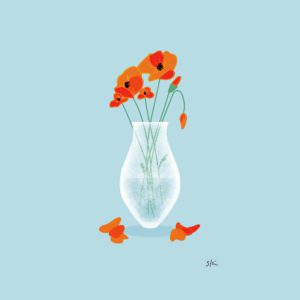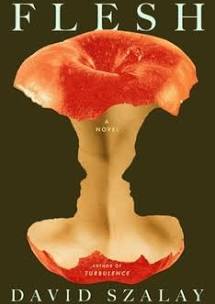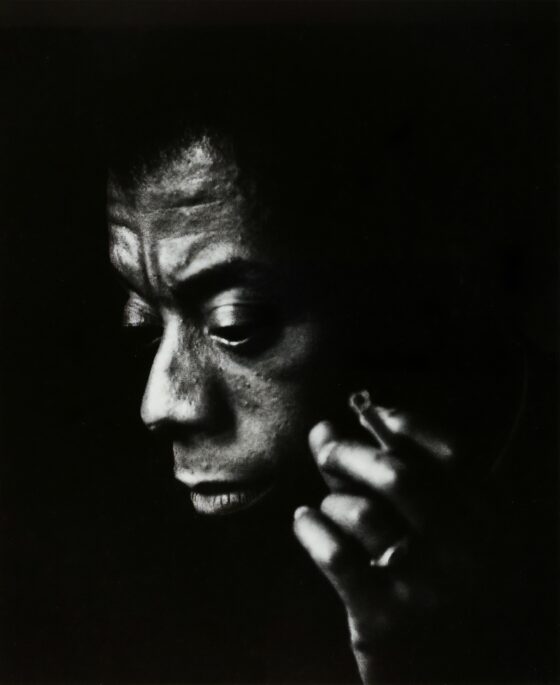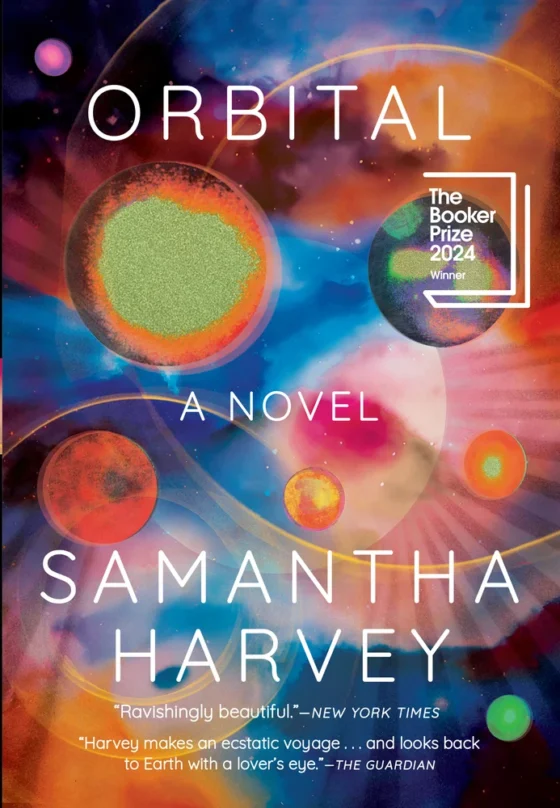
Looking at the two stems housed in a water glass on my kitchen table, it strikes me that “in the ground” means opposite things for flowers and people. As long as a flower remains in the ground, it lives.
“Poppies are incredible,” my friend Monika, a floral designer, tells me. “Even after they’re cut they continue to move. They have so much life.”
Over the next few days the petals open wider and wider until they lie flat, their shape changing from cup to bowl to plate. Then they drop, each stem shedding its costume like a dancer sliding off her skirt backstage, leaving a silky pile on the floor.
I study the flowers in the brief time they survive after being cut. One is a shade of orange I’d normally describe as, well, poppy. The other is the color of raspberry sherbet. In the mornings, they face a different direction than the night before, their heads following the light. When I enter the kitchen to make an afternoon coffee, they have shifted again, curving in the bath of sun pouring through the window. The water holding them refracts stars.
I started admiring poppies in earnest last spring, during the first weeks of the pandemic. As the death count climbed, I walked in my neighborhood and watched the world bloom. The Oriental poppies arrived first and extravagantly. I passed blossoms higher than my head growing from a tangle of leaves. Then came our state flower, the California poppy, whose petals unfurl from cigars into trumpets, growing rogue along fences and curbs. Last to bloom were the Matilijas, looking sunny and prolific, like fried eggs. On those walks I lived between two realities: death and extravagance, loss and abundance.
The ones in my kitchen are the Oriental variety, their stems furred. The petals frill at the edges like a fish’s gill and ring an interior surrounded by pollen-tipped strands. The blossoms remind me of anemones.
Poppies, it turns out, have long symbolized death (a fact that, upon reading it, causes me to mutter, “Of course,” to the empty room). They grew frenzied across Western Europe following the First World War, colonizing soil freshly churned from shelling, rich in lime from rubble, fertilized from blood. In ancient Greek, Roman, and Egyptian cultures, they symbolized sleep, that lesser death, the kind the apostle Paul says precedes the time when we will all be changed. I’ve been thinking lately how unfair it is that transformation requires death.
In the days after you died, your body returned to me in vivid bursts. The slight overlap of your front teeth, your thumbnails, your collarbone, your arms so often thrown up in adulation or embrace. Your body in its entire form, flung down beside me in the sand as we summoned the nerve to plunge into the waves on weekday evenings when we’d met at the beach.
In those first days, I chanted a silent mantra: “My friend is dead. My friend is dead. My friend is dead.” It sounded absurd no matter how many times I repeated the words. The sentence’s subject and modifier were irreconcilable: “my friend” and “dead.” I couldn’t map the particularities of your life onto the abstraction of death.
Since then, I’ve worked to remember you in the particular: standing in my driveway holding a bundle of lavender. Plucking apple slices from a plate with thumb and index finger; the delicate way you ate. Telling a story in the dark YMCA parking lot after yoga. The gold bow in your hair on your birthday when you cooked us all chili and cornbread. The notes you scattered wherever you went. Tossing a crumpled napkin with your phone number out the window at that waiter. Twisting eucalyptus into wreaths. Cooking in your kitchen or mine. Running in the soft sand, both of us out of breath as we talked. Picking kale from a garden and ripping the leaf with your teeth. Plunging into waves and rising, shining.
At your memorial, your family wore crowns of blossoms. Poppies filled jars on tables, offerings to be gathered and carried home. For a short time, they brought life to my kitchen table.
You left us emptied and startled, our arms full of flowers.




